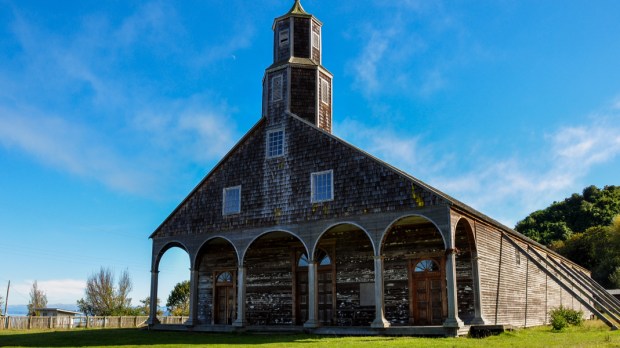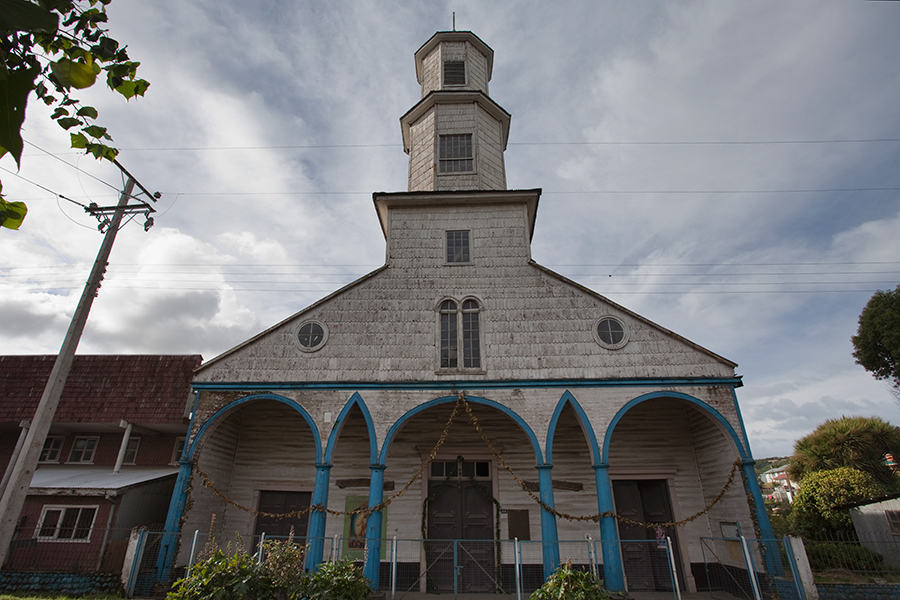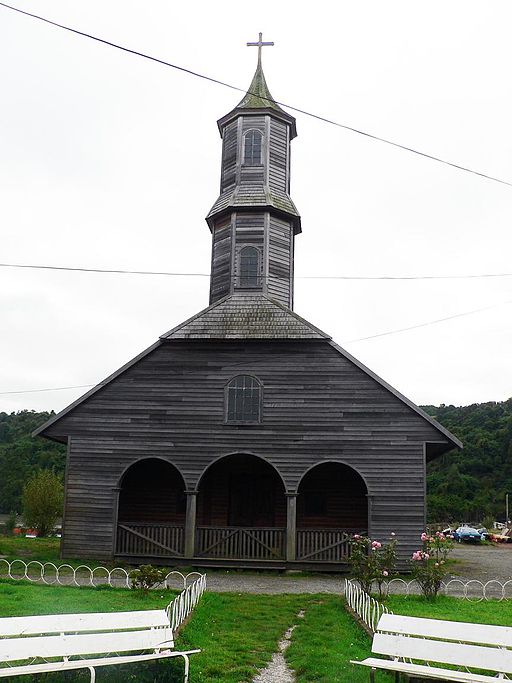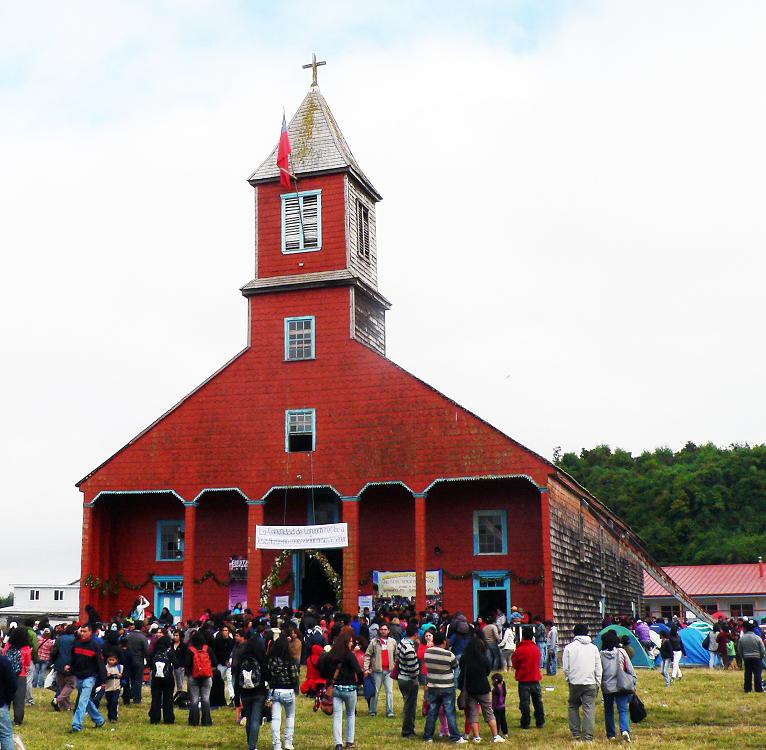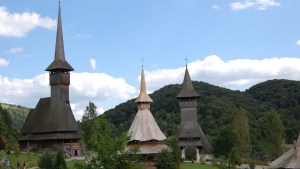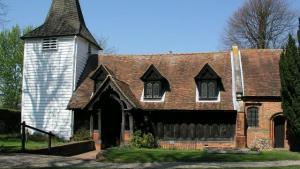The Chilean south is famous for its wonderful landscapes, but in the middle of nature, specifically in the Chiloé archipelago, 16 wooden churches were erected that were declared a World Heritage Site by UNESCO in April 2000 for their unique architecture.
The Jesuits were the first religious to arrive on these islands in the 17th century to evangelize the population and they created a system called “Circular Mission.” This consisted of going through different areas on foot and erecting chapels of European inspiration in terms of design, but built by the Chilotes themselves, who used local materials and construction techniques that they knew, which were basically the same ones they used to make their boats.
Although the Jesuits were expelled in 1767, the Franciscans largely maintained the architectural style for more than three centuries (rectangular building, gabled or three-pitched roof, façade with false arches, a bell tower, etc.). The style went down in history with the name of Chilota School of religious architecture in wood (that’s why you will see that many of them look alike).
More than 100 churches of this type were built throughout Chiloé. However, due to time, weather conditions and the type of construction, many of them did not survive. Seeing that there was a serious danger that they would all disappear and all this historical tradition (both religious and architectural) would be lost, they were declared a National Monument to preserve them.
Subsequently, the Friends of the Churches of Chiloé Cultural Foundation nominated 16 of these remaining churches to be classified as part of a World Heritage Site by Unesco. Only 14 of them achieved the denomination in the year 2000, but a year later, the other two (the churches of Chelín and Caguach) were also included.
1. Church of Our Lady of Loreto (Achao)
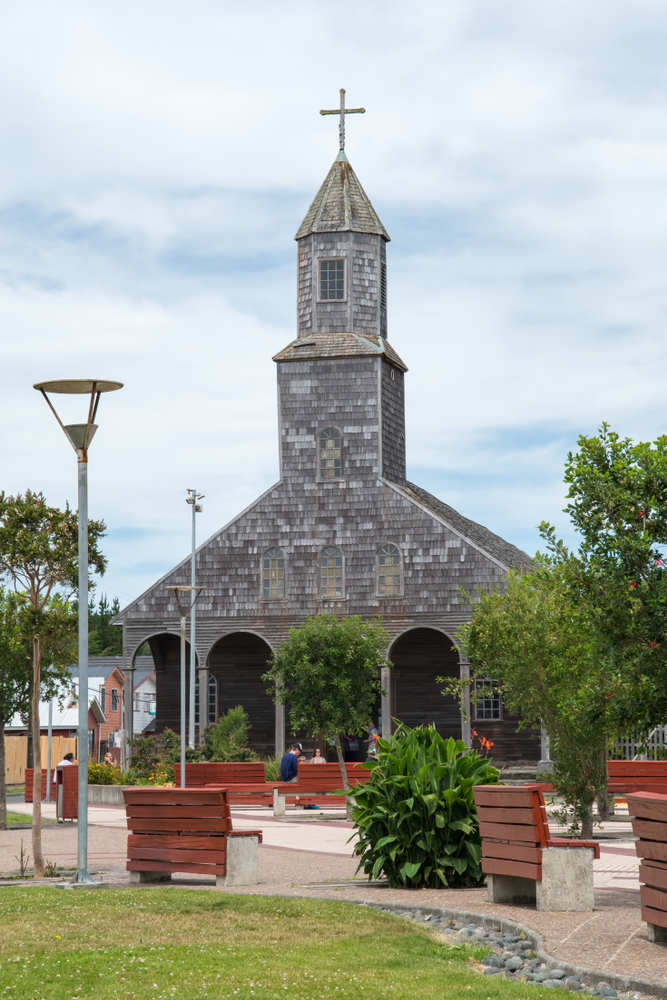
This church was built by the Jesuits in approximately 1730, and is the oldest church still standing in Chiloé. Its particularity is that at first nails were not needed to erect it, since wooden pegs were used, although wrought iron nails were later used, which were taken from an English frigate that had been shipwrecked. According to research by Chilean and Argentine scientists, the image of the patron saint of the church, Our Lady of Loreto, is the same image of the Virgin Mary that the Viceroy of Peru had given to the priest Nicolás Mascardi years before and that he later took to the Nahuel Huapi Mission.
2. Church of Quinchao
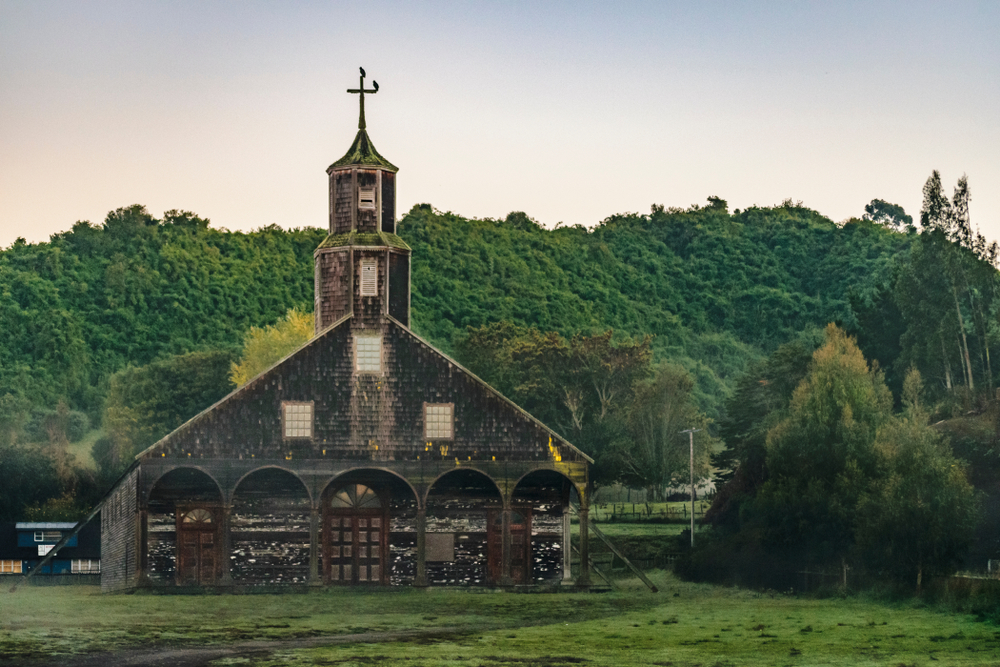
This is the largest church of them all and was built with three types of wood — cypress, cinnamon and hazelnut — in approximately 1880. Its patron saint is Our Lady of Grace, which is the main religious festival in the archipelago after Jesus the Nazarene in Caguach. In 1906 it had to be partially rebuilt, and some further modifications and support were added, especially after a 1960 earthquake.
3. Church of Tenaún
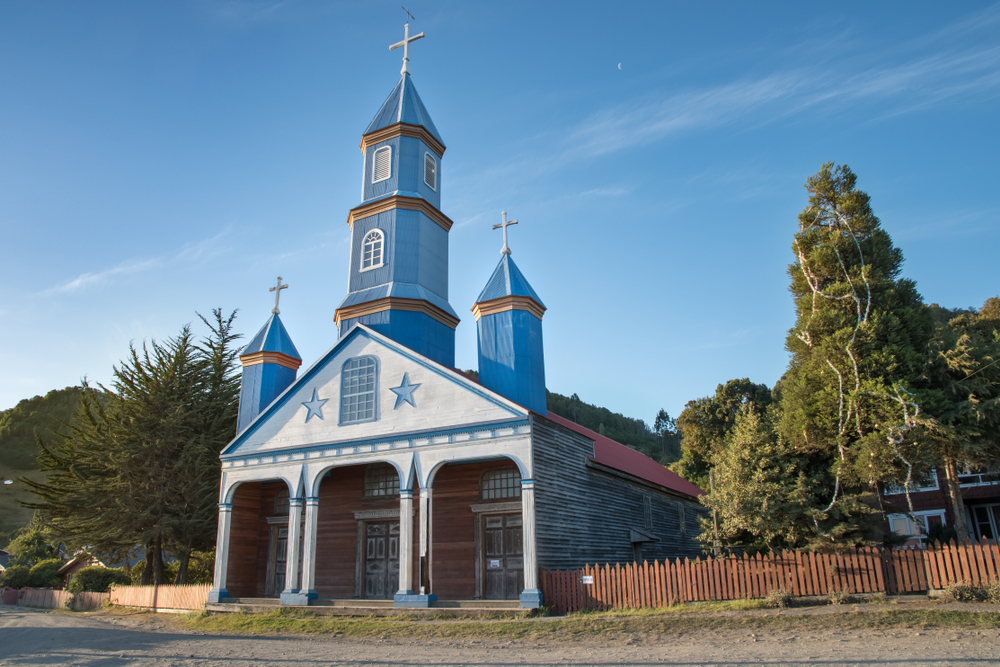
Although it has had restorations like all of them, it’s one of the best preserved. It’s also considered an exception within the Chilota School of Religious Architecture in Wood because it has three towers instead of one. Why this innovation? It’s said that perhaps because of its location, since “Tenaún” means “Three Mountains” in Huilliche. For its construction, mainly cypress, mañío, cinnamon, and hazelnut wood was used. Its patron saint is Our Lady of Patronage, whose feast is celebrated on January 30.
4. Chonchi Church
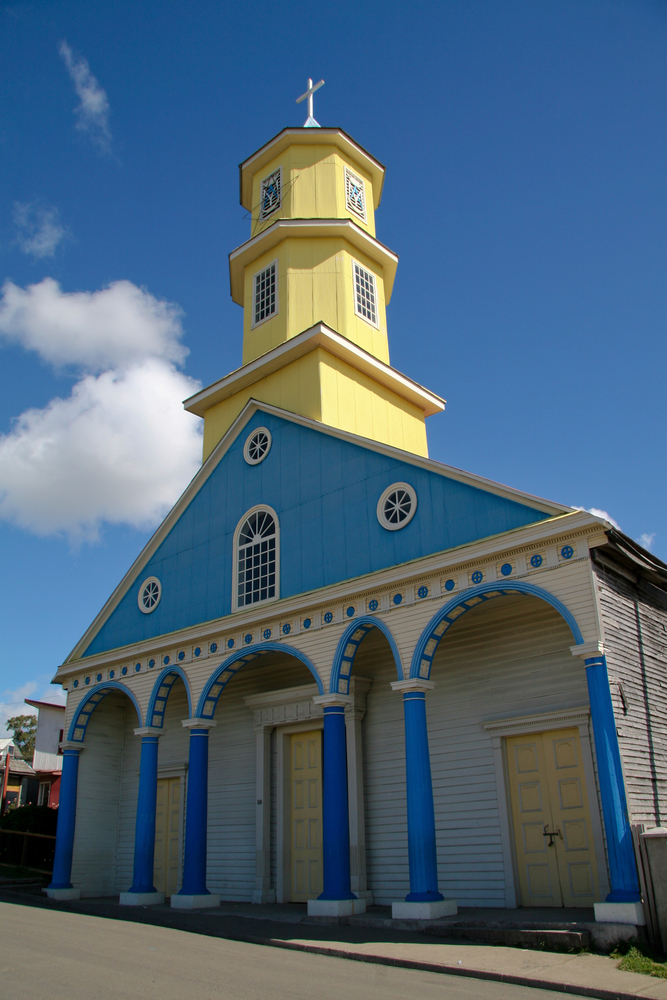
In the past, the Spanish called the place where this Catholic church is located “the end of Christianity,” since it’s where the Great Island of Chiloé narrows. The Jesuits chose this place in the mid-18th century to establish an outpost for their mission that would cover the surrounding areas and the southernmost regions of the archipelago. It’s also known as the Church of St. Charles Borromeo, patron of the city, whose festival is celebrated every November 4.
5. Church of St. Francis
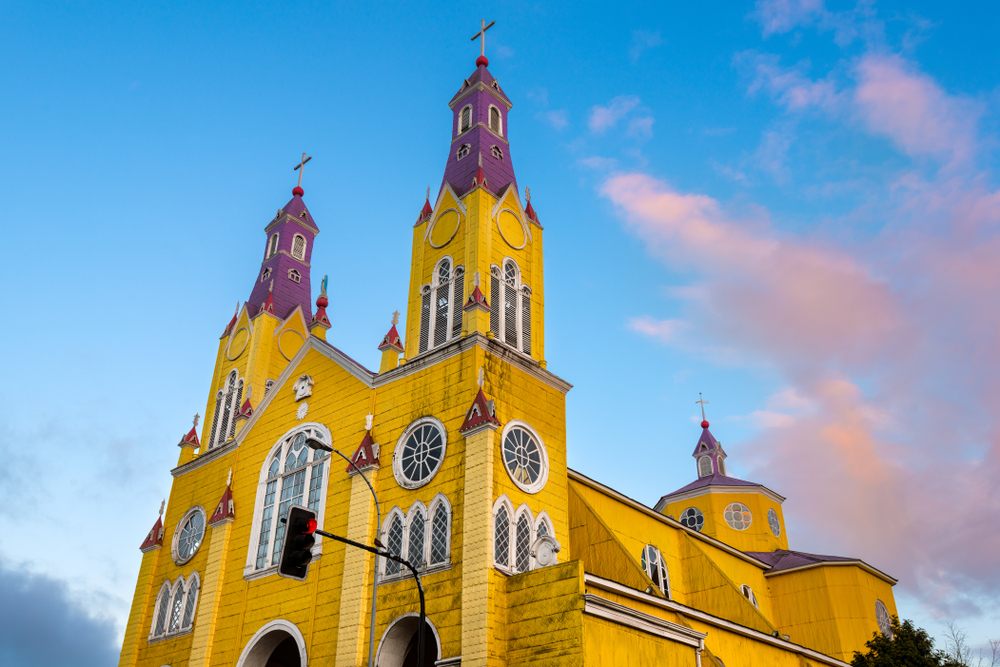
Located in the city of Castro (formerly named Santiago de Castro), it’s also known as the Church of James the Apostle in honor of the first church built in the city to evangelize the indigenous peoples of Chiloé, which burned down and was rebuilt on several occasions. This church also does not have the typical characteristics of Chilota churches because it was designed by the Italian architect Eduardo Provasoli, although the construction was carried out by carpenters from the island. Its façade is usually painted with bright colors to stand out among other buildings in the city.
6. Church of St. Mary of Rilán
Its construction began in 1908 and ended in 1920 under the direction of the carpenter Francisco Oyarzo de Curahue. A curious anecdote is that the wood was brought from another city on the island, and when there were complications with transportation, the people from Rilán offered to transport it on rafts. The patron saint of the Church is Our Lady of Lourdes.
7. Church of Nerocon
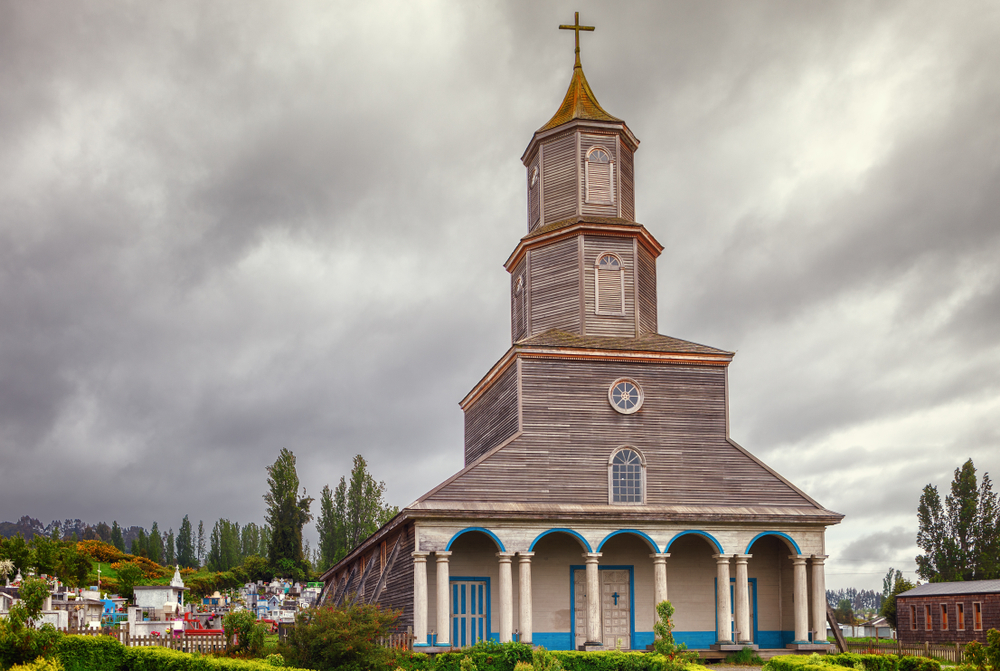
It took about 10 years to build, and much of its imagery, sacristy, and interior painted marble texturing are still preserved. The predominant material in this neo-Romanesque building is larch and cypress wood. Its main festivals are Our Lady of Grace every September 8 and St. Michael the Archangel on September 29.
8. Church of Aldachildo
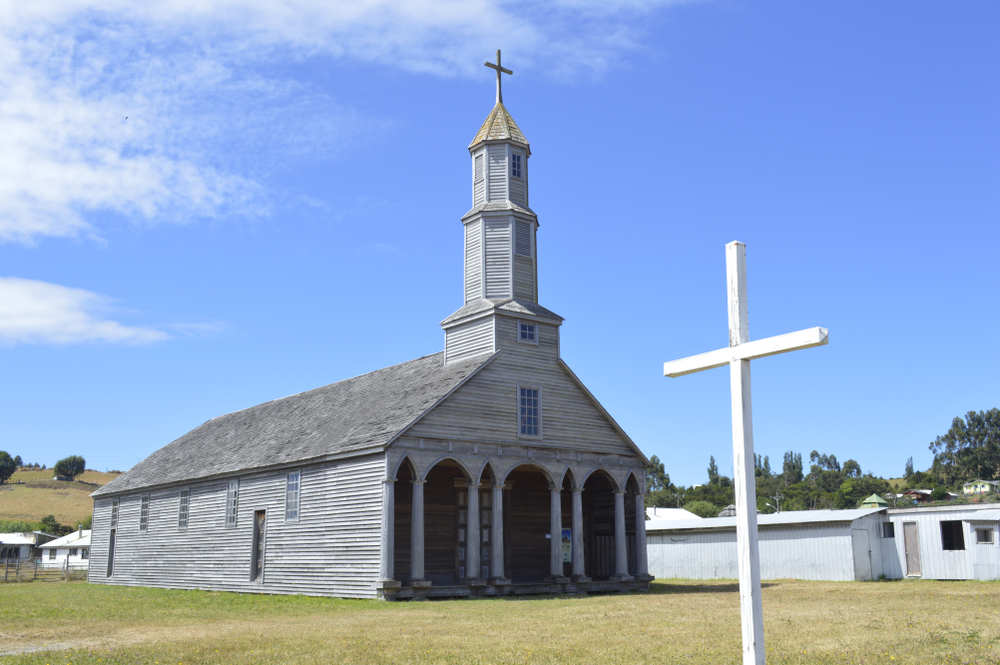
It is also known as the Church of Jesus the Nazarene, its patron, whose feast is celebrated on August 30. The most used woods were cypress, coigüe, and larch. Inside, its blue vaulted ceiling with small yellow stars stands out, as well as the flowers painted in the side aisles.
9. Church of Ichuac
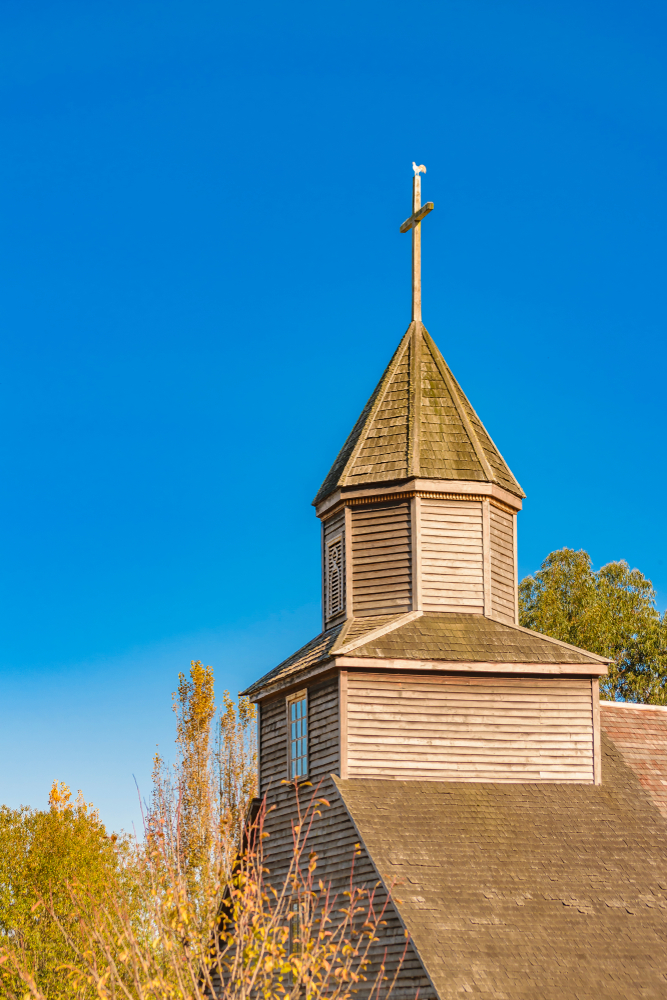
This church is located in Puqueldón and was built in approximately 1880 with cypress, coigüe, and larch wood. At its entrance there’s a painted clock that shows 3:00 pm; some say that it alludes to the time that Jesus died, and others that it has to do with the time of the 1960 earthquake that damaged a large part of its original structure. Its patron saint is Our Lady of the Presentation.
10. Church of Detif
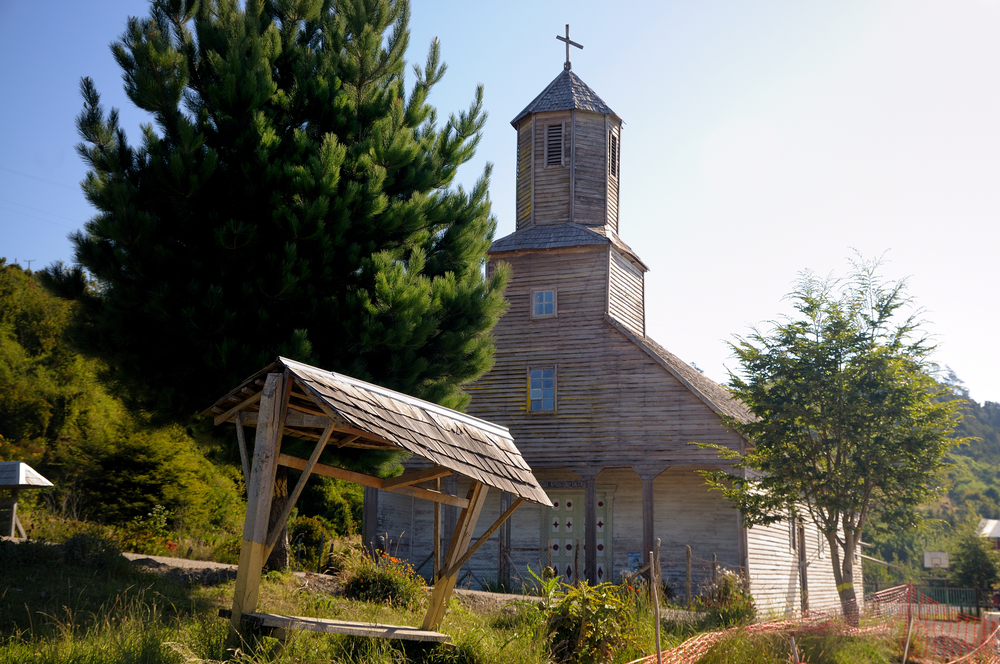
This chapel, whose patron saint is Our Lady of Lourdes, was built in the center of town, near the beach, at the beginning of the 19th century. Due to its location, it was built on a stone base to protect it from the moisture of the ground. Also, given the scarcity of metals on the Lemuy and Chiloé islands, more wooden pegs than nails were used to assemble the pieces. A peculiarity is that inside there are several figures of ships that were donated by sailors who returned alive thanks to Our Lady’s intercession.
11. Church of Vilupulli
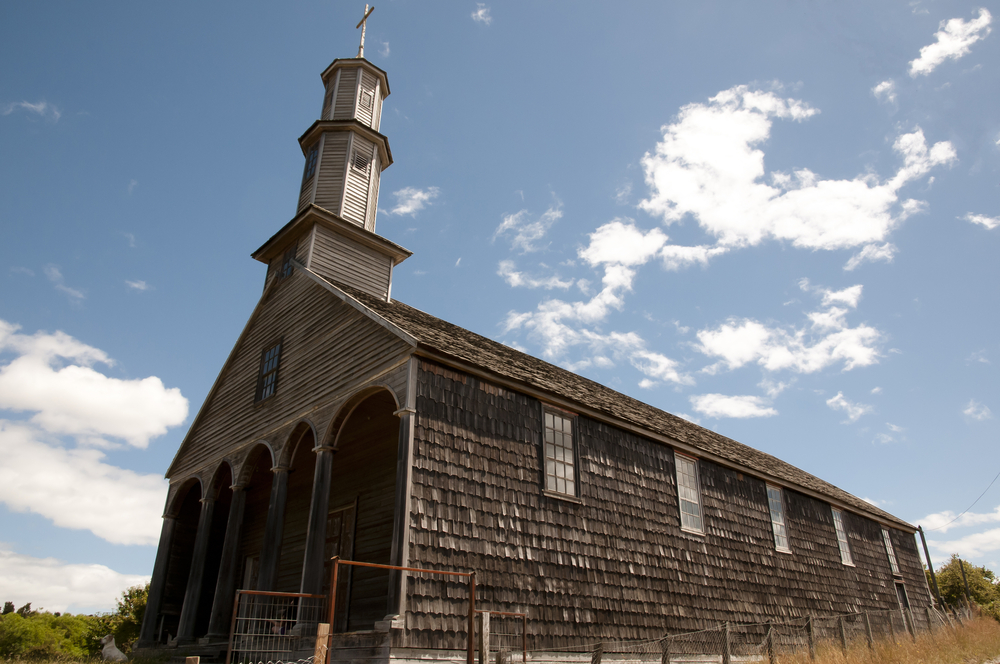
The name “Vilupulli” means “snake hill.” The church is built on a hill that directly overlooks the Yal channel. Its patron saint is St. Anthony, whose feast is celebrated on June 13.
12. Church of Colo
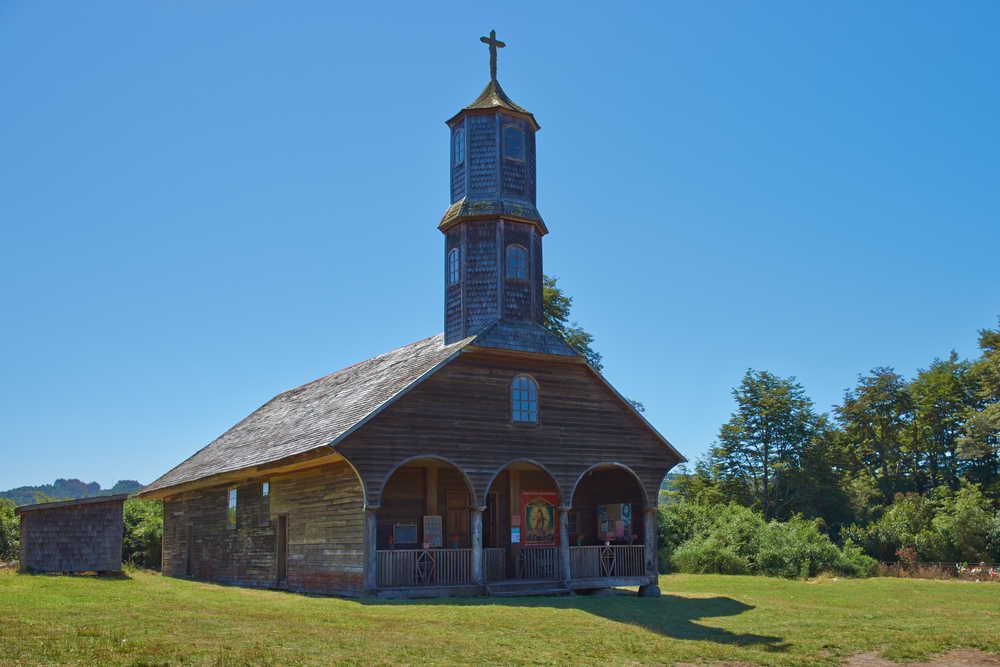
This church also has St. Anthony as its patron saint. However, as it’s believed that its construction dates from the end of the 18th century, it was surely not part of the Jesuit mission, but rather a Franciscan one. The current building is from the 19th century. It’s one of the most difficult churches to access in Chiloé and isn’t close to the sea.
13. Church of St. John (Dalcahue)
The church of St. John the Baptist located in Dalcahue was built around 1887 on the first cemetery in the town. It was severely damaged by the 1960 earthquake, but even so it’s one of the best maintained.
14. Church of Dalcahue
Also called the Church of Our Lady of Sorrows, it’s located in front of the city’s main square and has a beautiful view. Its portico with nine arches and the polychrome image of the Crucified Christ inside it stand out. The statue has hinges in the shoulder area, an indication that it was designed for Good Friday.
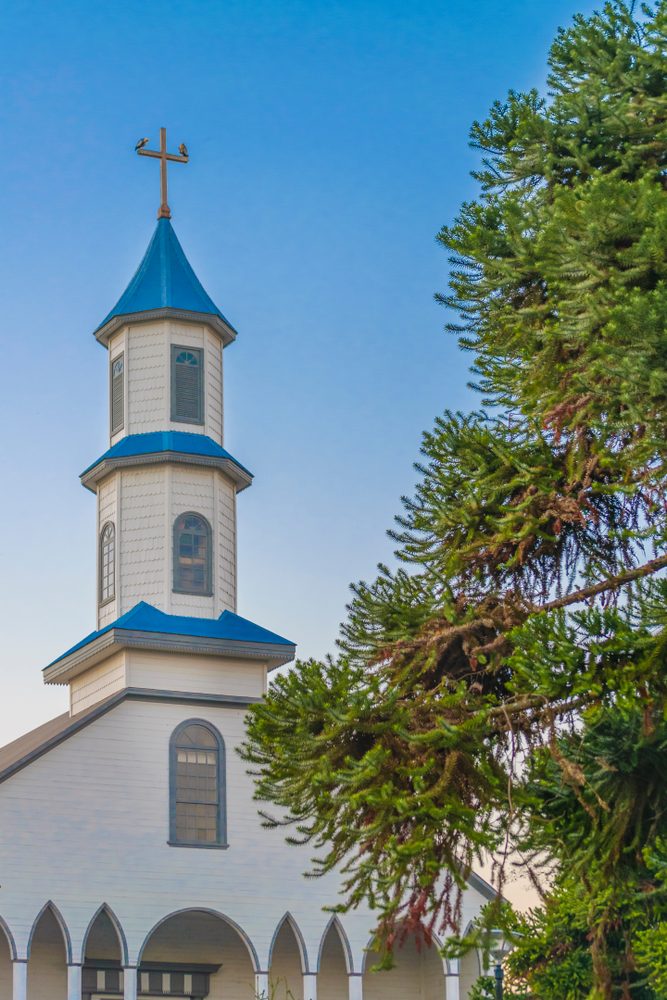
15. Church of Chelín
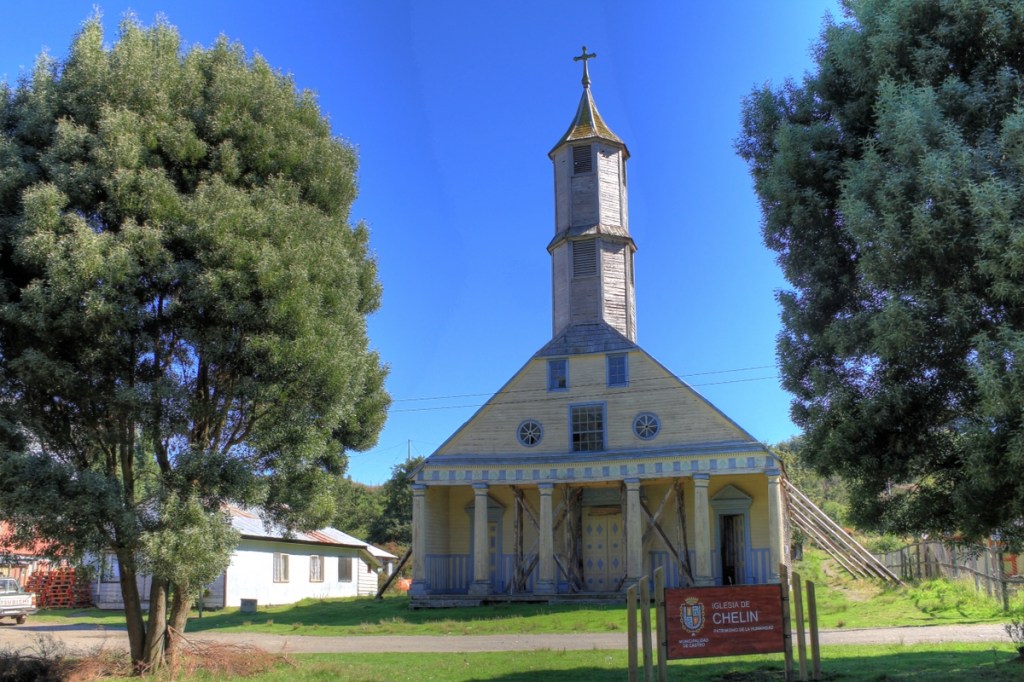
The particularity of this church is that you can notice a slight influence of the neoclassical style, both on the outside and inside with the painted textures that imitate marble. Its patron saint is Our Lady of the Rosary.
16. Church of Caguach
The first building dated from 1778, but in 1919 it was destroyed by fire and the locals themselves rebuilt it (also in wood) and finished it in 1925. Its patron saint is Jesus the Nazarene, whose feast — the most important of the Chiloé Archipelago — is celebrated on August 30.
